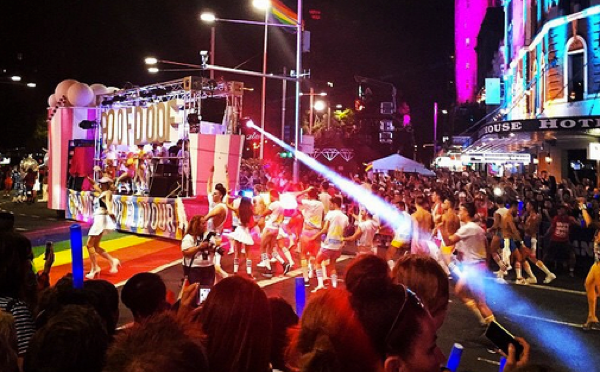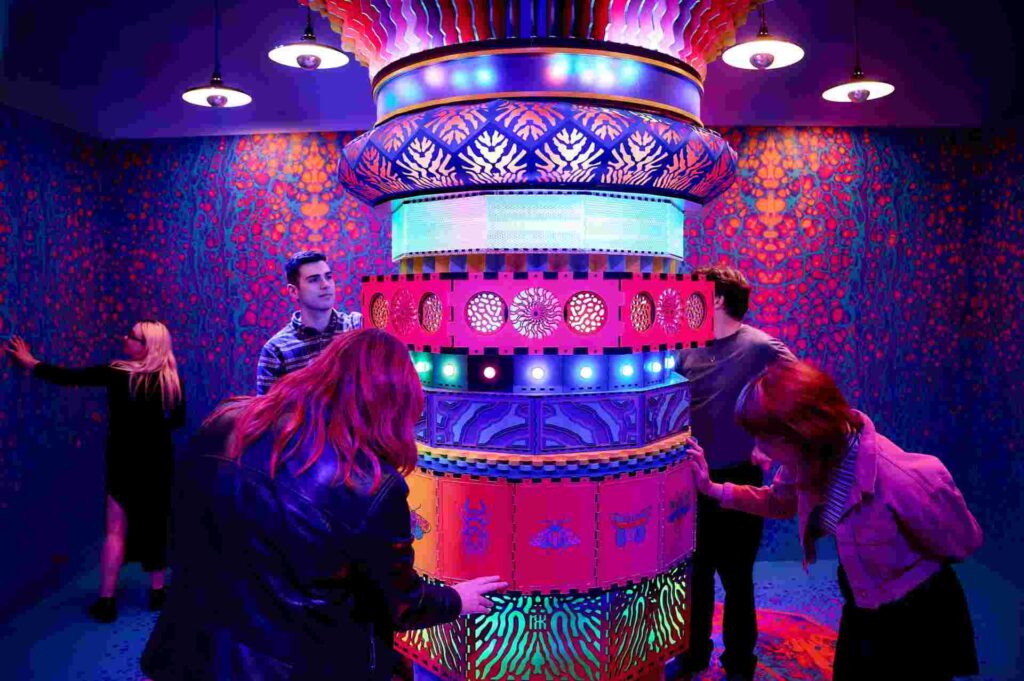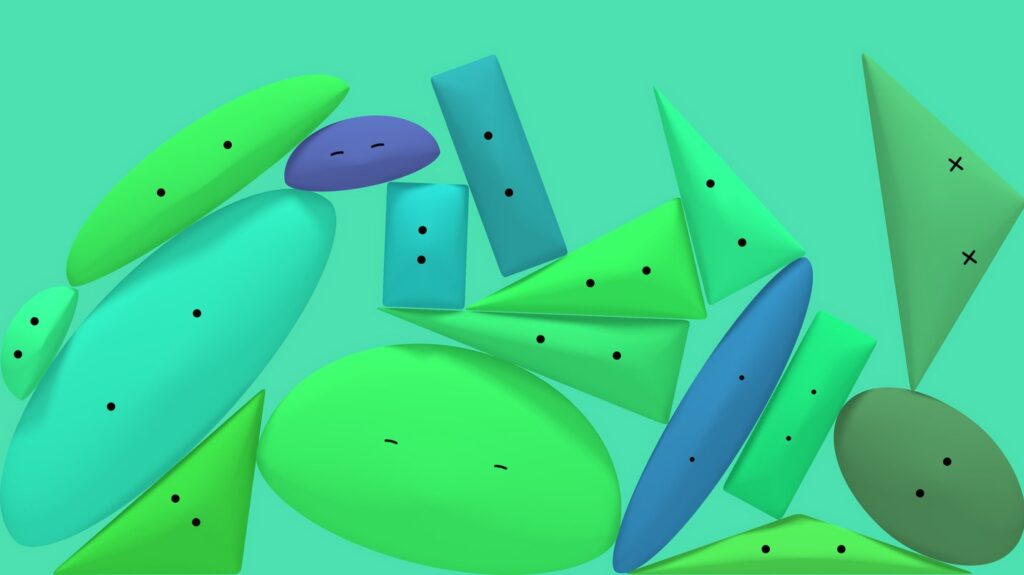Since we all deal with objects practically every second of the day, Lane reckons Merge relates to everybody. “We live in a man-made universe,” she says. “Everybody relates to objects. This work looks at how we go beyond human limits in our interactions with objects.” It’s not just about the way we do or do not handle things that fascinates Lane, it’s the way we look at things, see things, hear things and the visceral responses we have to objects that she’s interested in. “We are visually stimulated, you see sculptural work in a gallery or in the street and you can feel, can almost touch its dynamic presence in space; we’re bringing that on to the stage. I look at the intersection between visual arts, sound sculpture, and dance. I integrate objects with choreography. I play with objects and create a discourse with inanimate things. I question their physical functionality. I’ve been doing this practice for about six or seven years.”
By nature Merge is a multi-disciplinary piece. The objects in Merge are created especially for the dance by artists Ash Keating and Bridie Lunney repurposing materials sourced from recycling depots. “The whole focus of the work is about recycled materials relating with the body,” says Lane. “The object and the body become one entity, the premise of the work is that they are closely related – the body and sculptural object. I asked Ash to join me because I connected with his previous work, his beautiful big epic painting. He immediately proposed working with Bridie. He’s worked with Bridie, a visual artist, already, in a sculptural installation and he’s engaged performance artists; he has a vast knowledge of that universe.”
The objects encountered in Merge are familiar, although they might remind us of other things. “We asked Ash to create a family of objects that don’t already exist,” says Lane. Do any of the things have a function outside of being props for Merge? “The audience will have their own associations with specific shapes and structures,” Lane answers. “You could associate these things with objects you do know. I didn’t want to be dancing around with chairs or anything with known associations. Merge is more abstract than that. You could make the objects functional if you wanted to – could find some use. We kept that sense of ambiguity.” What are they made of? “All of them are made from independently sourced materials,” answers Lane. “Each object is made from a different material. Some of the materials are bought, some are constructed, and some sourced from the recycled depot. Recycled depots are amazing places. They’re goldmines, with such a mixture of things.” In order to lend each item a conceptual weight of its own, Lane asked the makers to reproduce them. “We made a bunch of random objects, and asked how do we feel convinced they exist in the real world? We duplicated everything; we made two of every object. There is a sense of value somehow by them being produced.” Do the objects have any relationship with each other? “They’re difficult to describe. It was important when building them that they shared the same text, and aesthetic, they share the universe that exists for them. They are connected, there is a red line joining them.”
The soundscape for Merge is created by electronic musician Chris Clark of Warp records. ““We started off by recording sound of materials we were making so the soundscape was born out of those recordings,” explains Lane. “Sections of the work are led by sound, by a rhythmical section of the soundscape. Sound becomes the boss; it’s Interesting to see how materiality and texture can be injected. That’s satisfying to work with. All the elements, the props, the body, sound are working together to question the same themes. Which one comes first?”
Four dancers including Lane perform Merge. One is Antony Hamilton, also performing another Dance Massive show, MEETING. He and Lane are joined by Ashley McLellan and Sophia Ndabame. “The cast is divided in ages,” notes Lane. “Me and Antony are the older generation. I’ve known Antony for 20 years; we’ve made work together before Sophie and Ash are the newer generation – they are beautiful dancers.”
Lane says that the challenge of Merge, both in development and in the actual performance is inherent in the work itself. “The work is not lyrical or even visually pleasing,” she adds. The dancers are carrying heavy menacing objects and we’re seeing what happens to the body. The work does have a sense of danger. We can’t move them that well. We handle them carefully, with a lot of awareness; we always negotiate with the objects. We’ve had some close calls. We’ve learnt how to prevent injuries. The moving parts of the objects are all singular entities. Developing props, trial and error process, a lot of props didn’t work or didn’t fit. We reinvented something completely new each time.”
BY LIZA DEZFOULI







